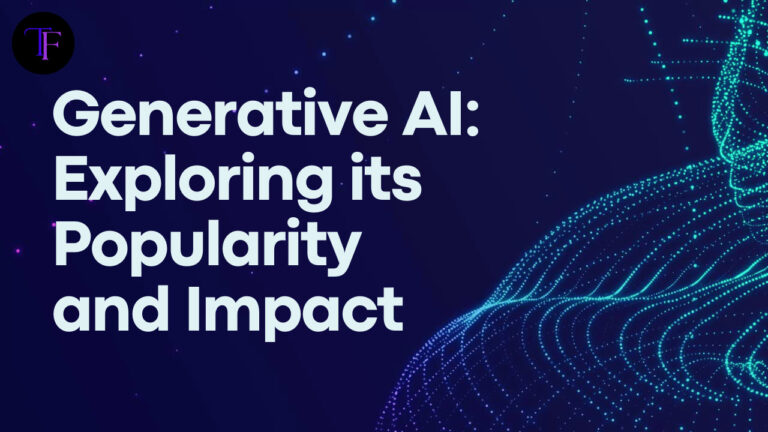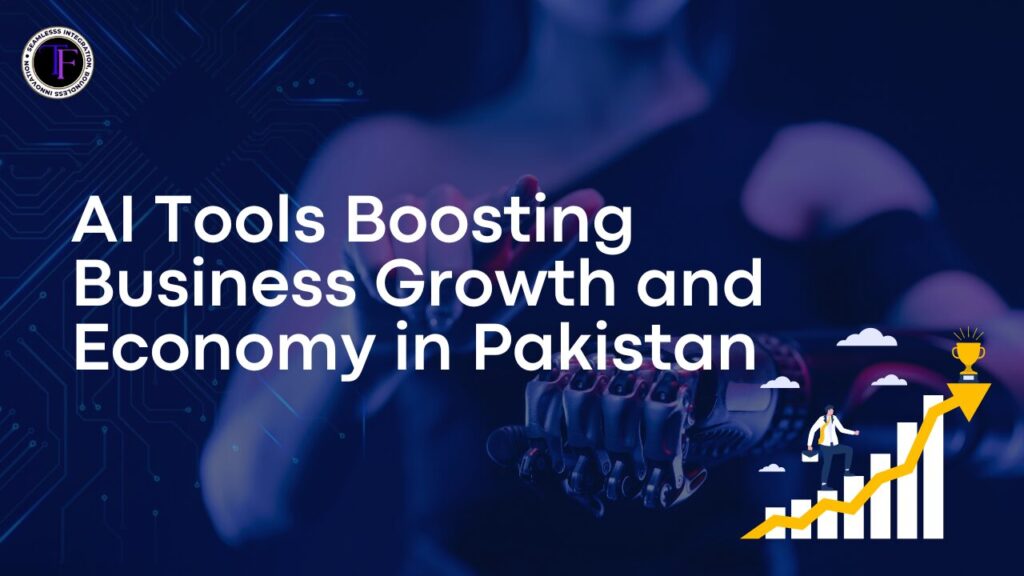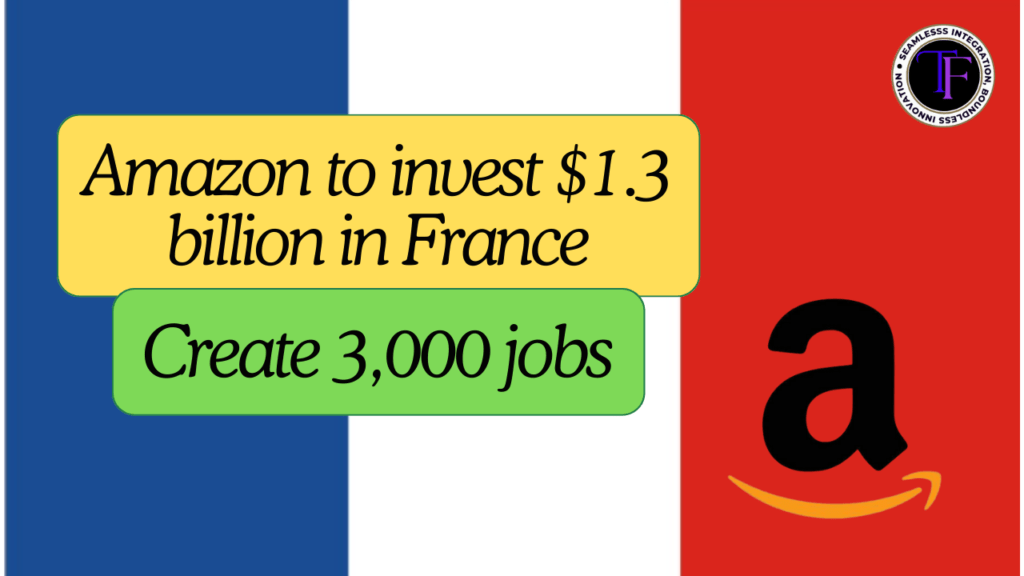What is generative AI?
Generative AI alludes to models or algorithms that make spic and span yield, like text, photographs, recordings, code, information, or 3D renderings, from the huge measures of information they are prepared on. The models ‘produce’ new satisfied by alluding back to the information they have been prepared on, making new forecasts.
The reason for generative computer-based intelligence is to make content, rather than different types of artificial intelligence, which may be utilized for various purposes, for example, investigating information or assisting with controlling a self-driving vehicle.
Why is generative AI a hot topic right now?
The term generative man-made intelligence is causing a buzz in view of the rising prevalence of generative simulated intelligence programs, for example, OpenAI’s conversational chatbot ChatGPT and the artificial intelligence picture generator DALL-E. These and comparative apparatuses utilize generative simulated intelligence to deliver new satisfaction, including PC code, expositions, messages, web-based entertainment inscriptions, pictures, sonnets, succeed equations, and more in no time, which can possibly stir up how individuals as of now get things done.
ChatGPT has become very well known, gathering more than 1,000,000 clients seven days in the wake of sending off. Numerous different organizations have likewise surged to contend in the generative simulated intelligence space, including Google, Microsoft’s Bing, and Human-centered. The buzz around generative computer-based intelligence makes certain to continue to develop as additional organizations participate and find new use cases as the innovation turns out to be more coordinated into ordinary cycles.
What does machine learning have to do with generative AI?
AI alludes to the subsection of man-made intelligence that helps a framework to make an expectation in light of the information it’s prepared on. An illustration of this sort of forecast is when DALL-E can make a picture in view of the brief you enter by knowing what the brief really implies.
Generative man-made intelligence is, in this way, an AI system, however, all AI structures are not generative computer-based intelligence.
What systems use generative AI?
Generative man-made intelligence is utilized in any simulated intelligence calculation or model that uses artificial intelligence to yield a fresh out of plastic new trait. The most unmistakable models that initially set off the mass interest in generative man-made intelligence are ChatGPT and DALL-E.
In any case, subsequent to seeing the buzz around generative simulated intelligence, many organizations fostered their own generative man-made intelligence models. This consistently developing rundown of instruments incorporates (however isn’t restricted to) Google Poet, Bing Talk, Claude, PaLM 2, and LLaMA, from there, the sky is the limit.
What is generative AI art?
Generative man-made intelligence workmanship is made by man-made intelligence models that are prepared on existing craftsmanship. The model is prepared on billions of pictures tracked down across the web. The model uses this information to learn styles of pictures and afterward utilizes this knowledge to create new craftsmanship when provoked by a person through text.
A well-known illustration of a computer-based intelligence craftsmanship generator is DALL-E. In any case, there are a lot of other computer-based intelligence generators available that are comparable, while possibly not more fit, and that can be utilized for various necessities. Bing’s Picture Generator is Microsoft’s interpretation of the innovation, which uses a further developed variant of DALL-E 2 and is right now seen by ZDNet as the best computer-based intelligence workmanship generator.
What are text-based generative AI models trained on?
Text-based models, like ChatGPT, are prepared overwhelmingly of text in a cycle known as self-directed learning. Here, the model gains from the data it’s taken care of to make forecasts and give replies from here on out.
One worry with generative artificial intelligence models, particularly those that create text, is that they are prepared on information from across the whole web. This information incorporates protected material and data that might not have been imparted to the proprietor’s assent.
What are the implications of generative AI art?
Generative computer-based intelligence craftsmanship models are prepared on billions of pictures from across the web. These pictures are much of the time works of art that were delivered by a particular craftsman, which are then rethought and reused by computer-based intelligence to create your picture.
In spite of the fact that it’s not a similar picture, the new picture has components of a craftsman’s unique work, which isn’t credited to them. A particular style that is special to the craftsman can, hence, turn out to be imitated by computer-based intelligence and used to produce another picture, without the first craftsman knowing or supporting. The discussion about whether simulated intelligence-produced workmanship is truly ‘new’ or even ‘craftsmanship’ is probably going to go on for a long time.
What are some shortcomings of generative AI?
Generative simulated intelligence models take a huge measure of content from across the web and afterward utilize the data they are prepared on to make expectations and make a result for the brief you input. These expectations are based on the information the models are taken care of, yet there are no ensures the forecast will be right, regardless of whether the reactions sound conceivable.
The reactions could likewise consolidate predispositions innate in the substance the model has ingested from the web, yet there is much of the time, not a chance of realizing whether that is the situation. Both of these weaknesses have caused central issues with respect to the job of generative simulated intelligence in the spread of deception.
Generative man-made intelligence models don’t guarantee whether the things they produce are precise, and generally, we have a little approach to knowing where the data has come from and how it has been handled by the calculations to create content.
There are a lot of instances of chatbots, for instance, giving inaccurate data or basically making things up to fill the holes. While the outcomes from generative computer-based intelligence can be captivating and engaging, it would be imprudent, unquestionably temporarily, to depend on the data or content they make.
Some generative man-made intelligence models, like Bing Talk or GPT-4, are endeavoring to connect that source hole by furnishing references with sources that empower clients to not just know where their reaction is coming from but to likewise check the precision of the reaction.











